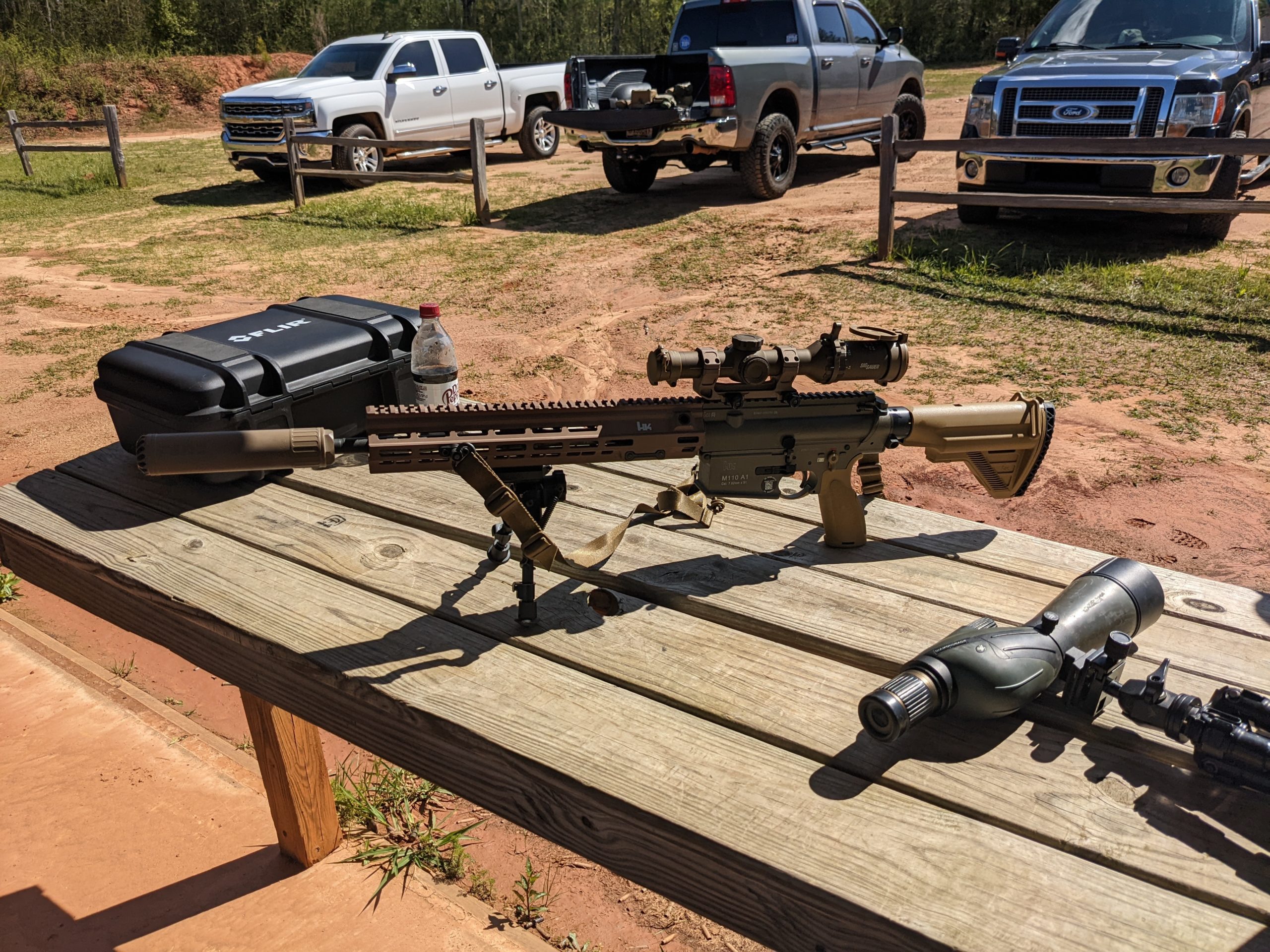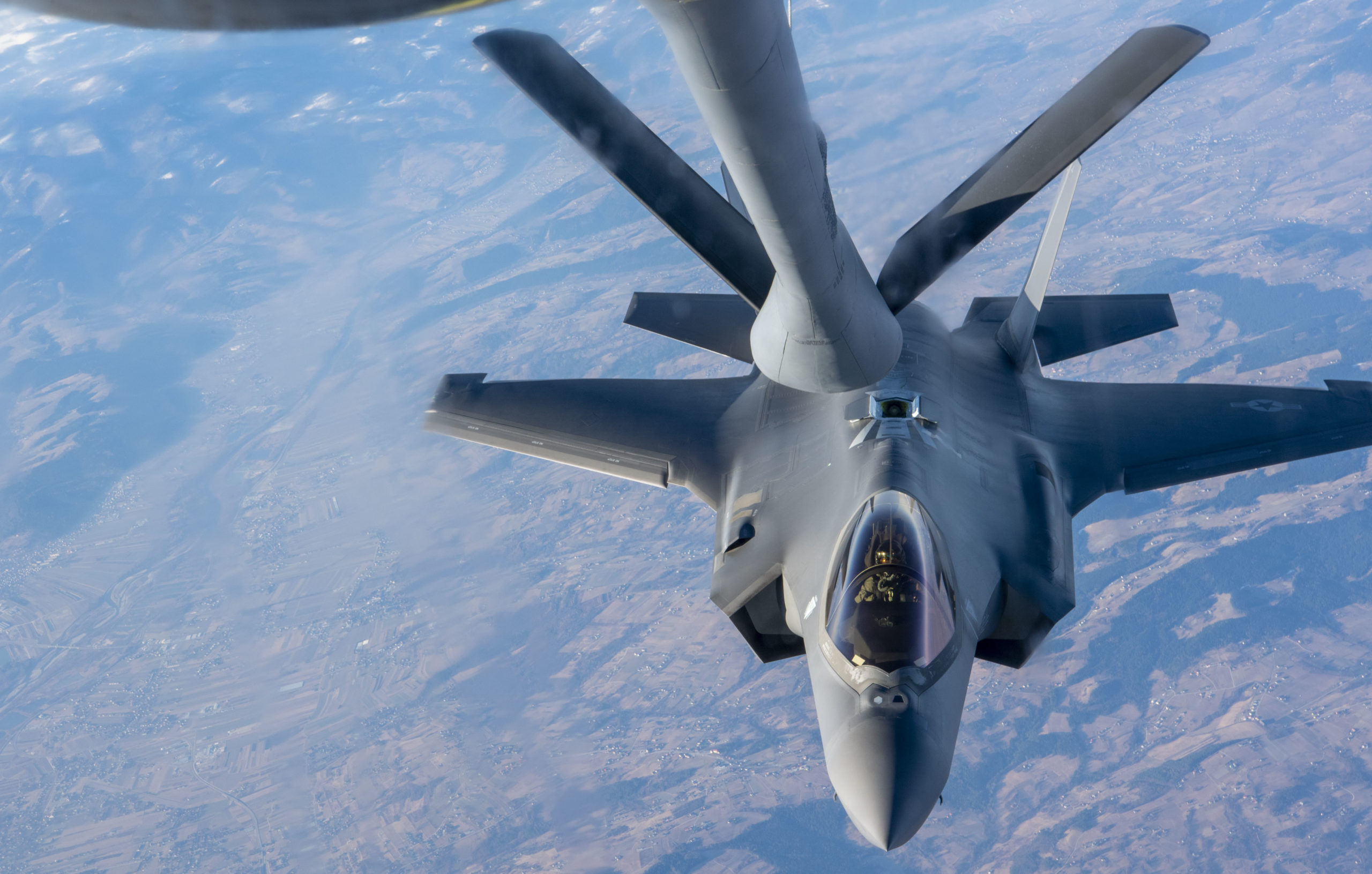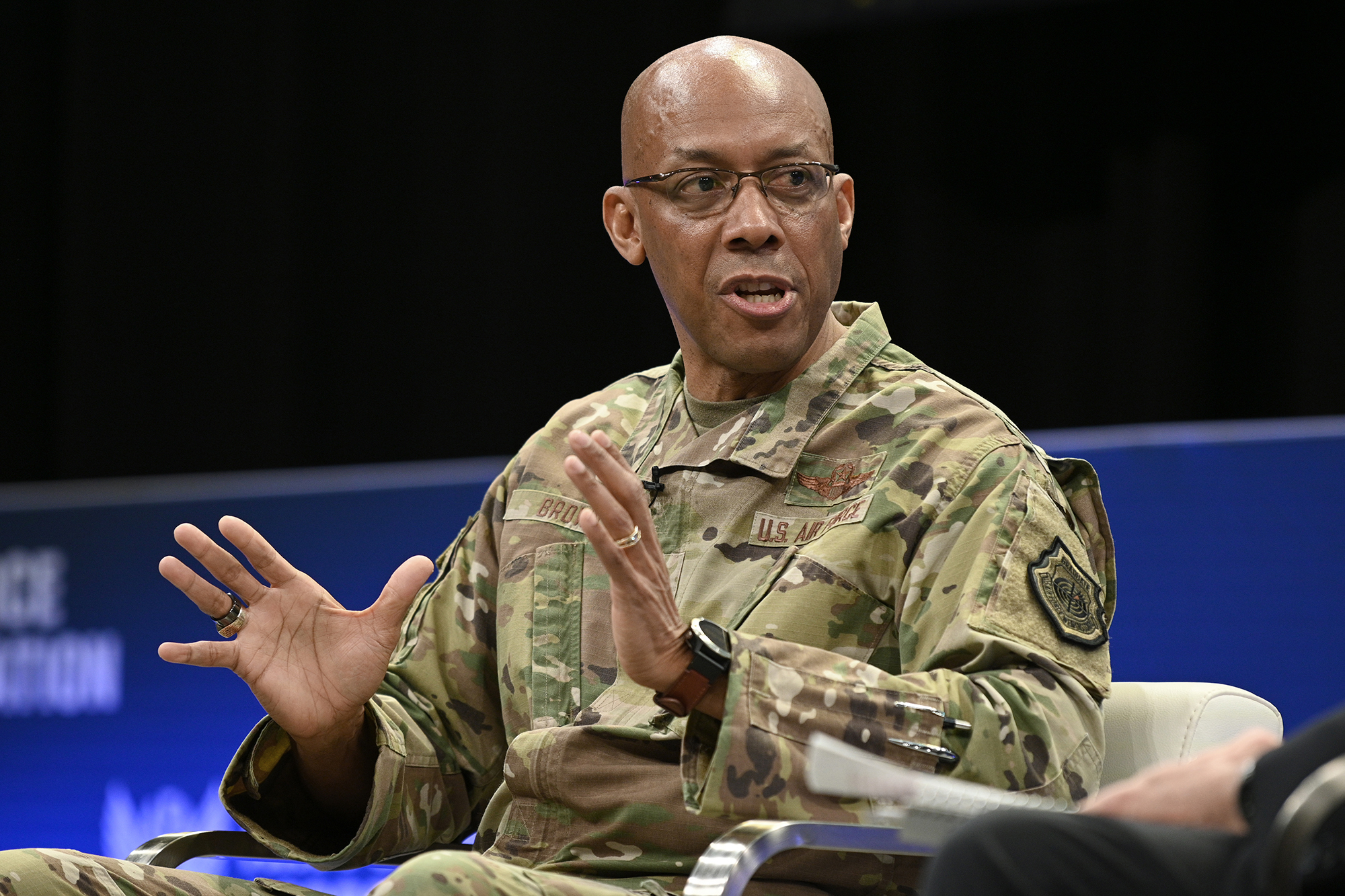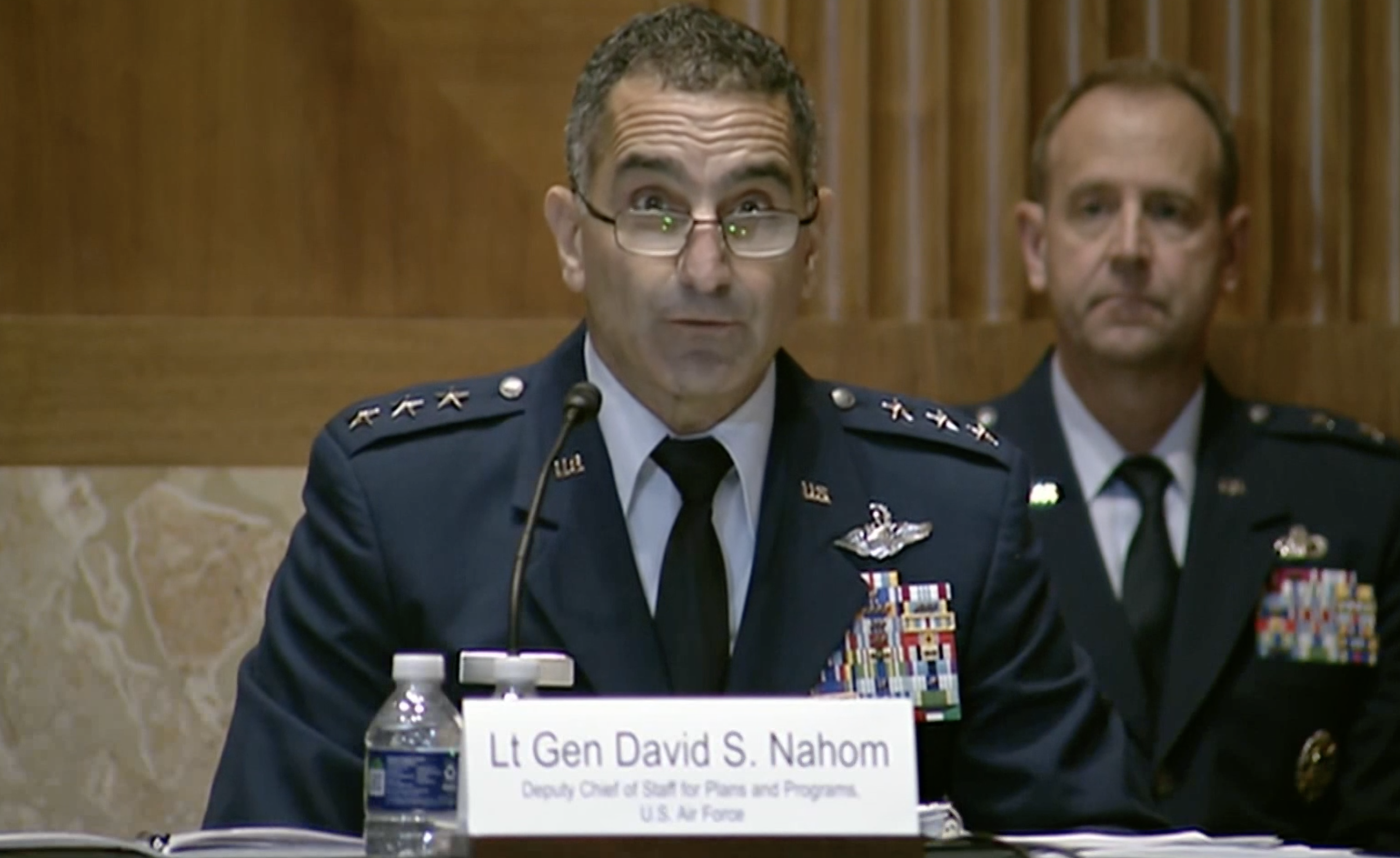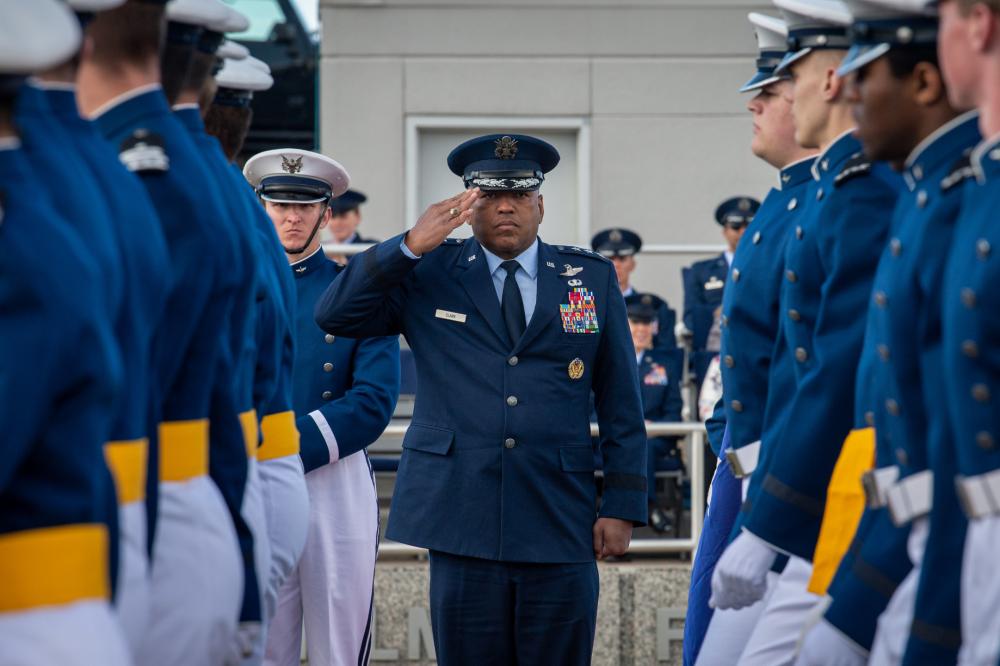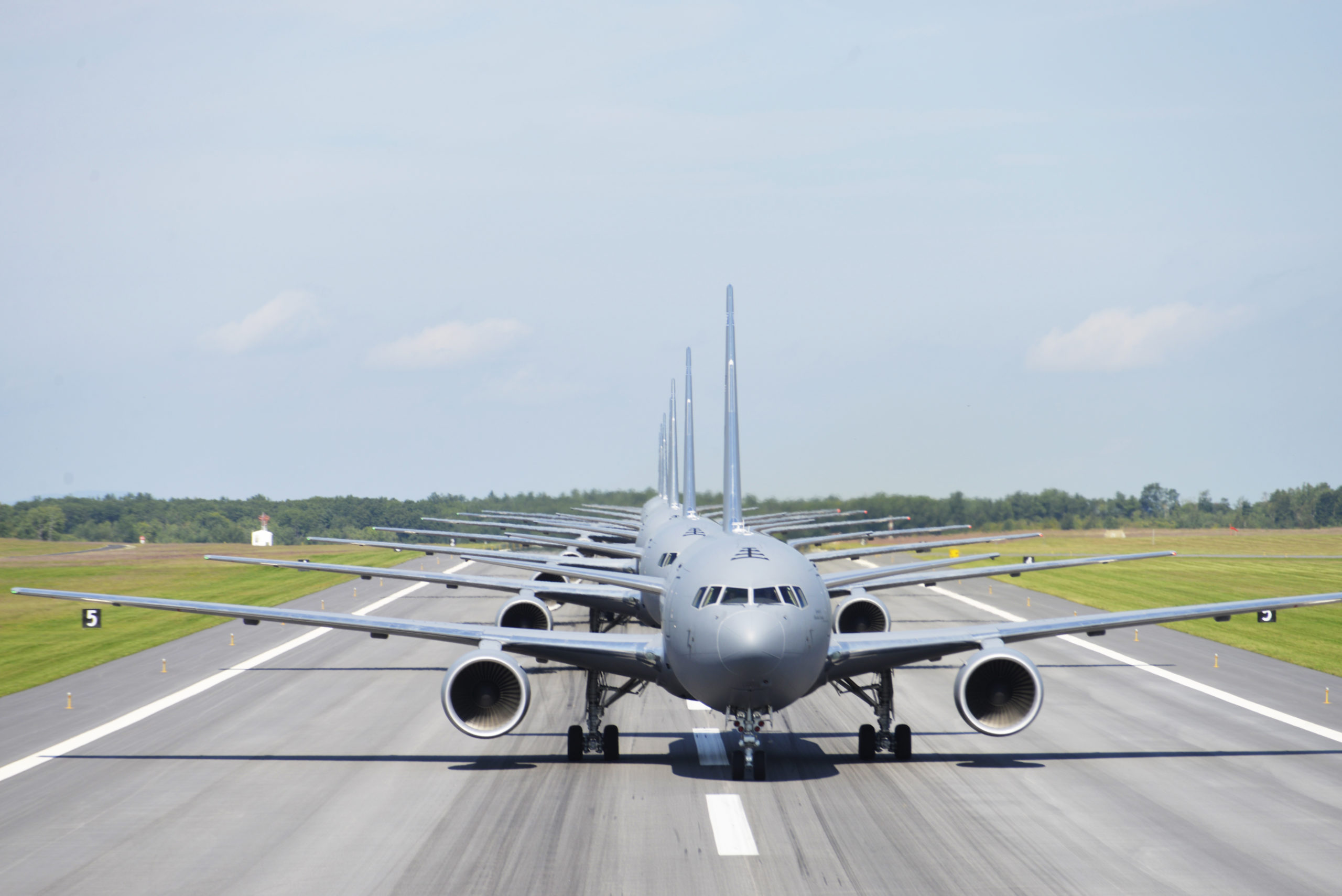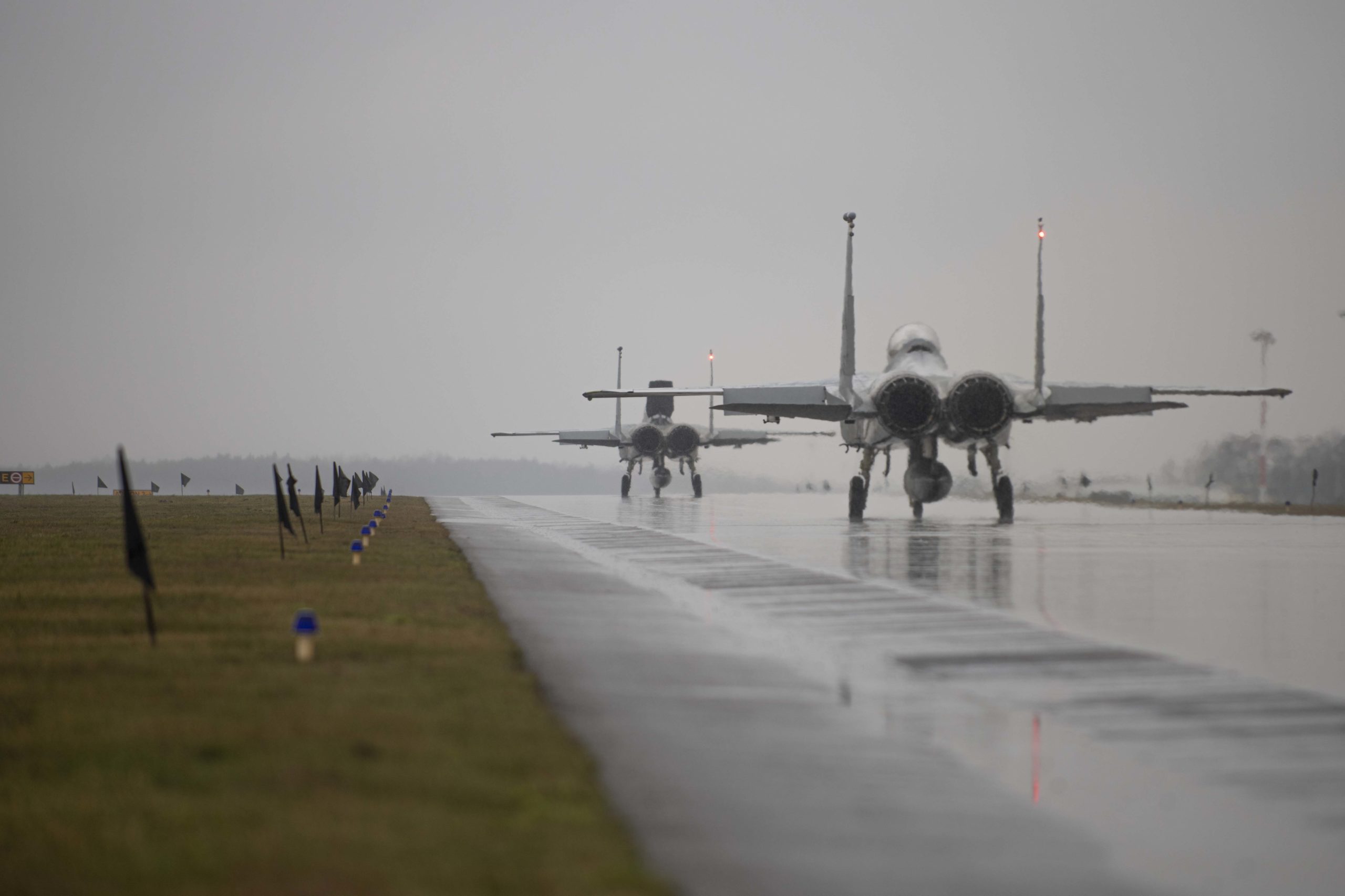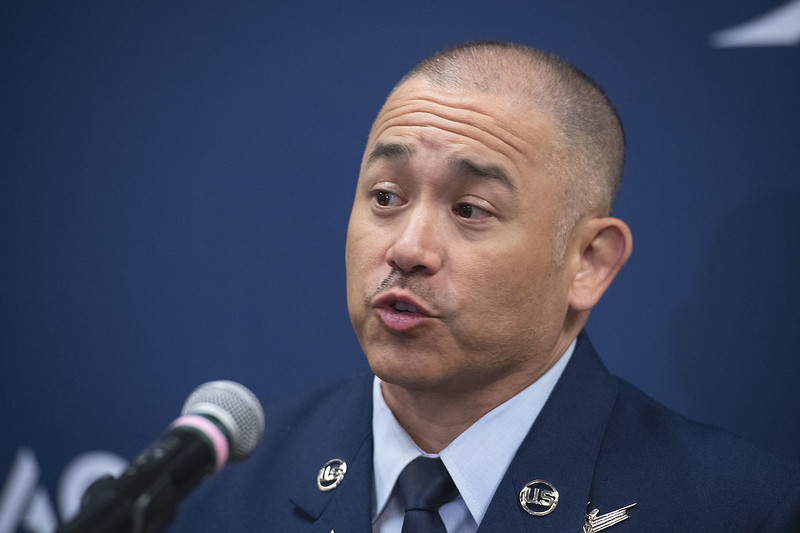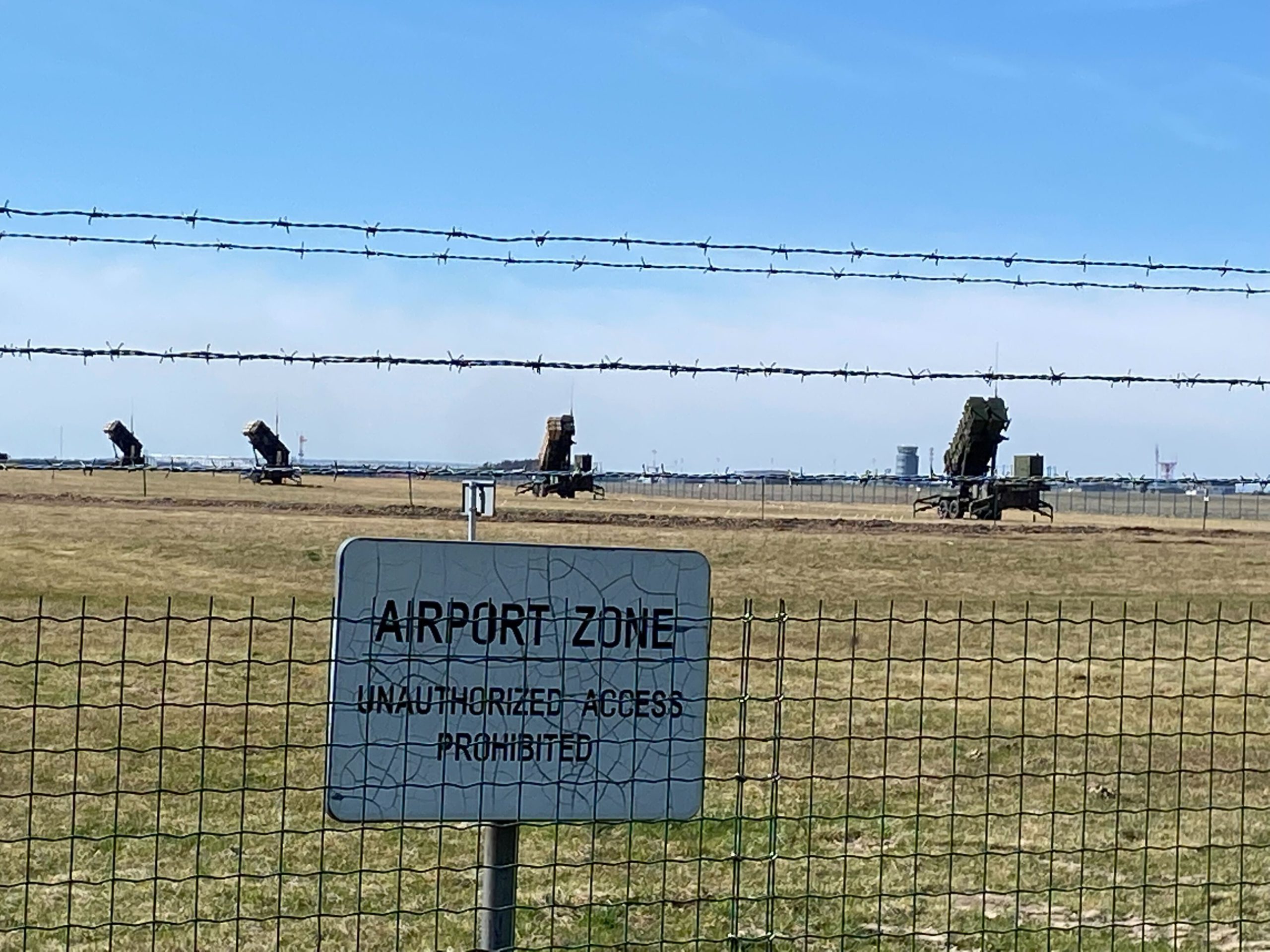The Air Force is almost finished distributing nearly 1,500 new rifles to security forces, pararescuemen, Guardian Angels, and explosive ordnance disposal Airmen, the service announced April 16.
The Air Force Life Cycle Management Center is in the final phase of delivering the Squad Designated Marksmanship Rifle after procuring approximately 1,464 of the guns.
The SDMR is a semi-automatic, 7.62x51mm-caliber rifle designed by Heckler & Koch, initially developed for the Army to give units the ability to engage targets precisely up to 600 meters away.
For the Air Force, the SDMR will help fulfill multiple missions.
For security forces performing base defense operations, it will replace the M24 Sniper Weapon Systems currently in use.
For pararescuemen and Guardian Angels tasked with personnel recovery, it will replace the M110 Semi-Automatic Sniper Systems rifle. The SDMR will save Airmen five pounds in gear on missions.
For explosive ordnance disposal technicians, the SDMR will be used to “to eliminate small munitions in their standoff munition disruption activities,” according to an Air Force release.
“Being able to field one solution that can effectively achieve multiple missions epitomizes Air Force acquisition strategies and shows [Airmen’s] ability to adapt to any situation,” Matthew Hamer, head of AFLCMC’s Small Arms Program Office, said in a statement.
The Army first began accepting deliveries of the SDMR in 2020 and is scheduled to finish fielding the new rifle by the end of 2023, with some 6,000 rifles being distributed.
By comparison, the Air Force’s smaller order was fielded this year.
The SDMR is the second rifle the Air Force has fielded in recent years. In 2020, the service finished delivery of 2,700 lightweight 7-pound, 5.56 mm rifles to be carried in an Airman’s ejection seat. Assemblable in roughly 30 seconds, that rifle was designed to hit man-sized targets at a distance of 200 meters.
